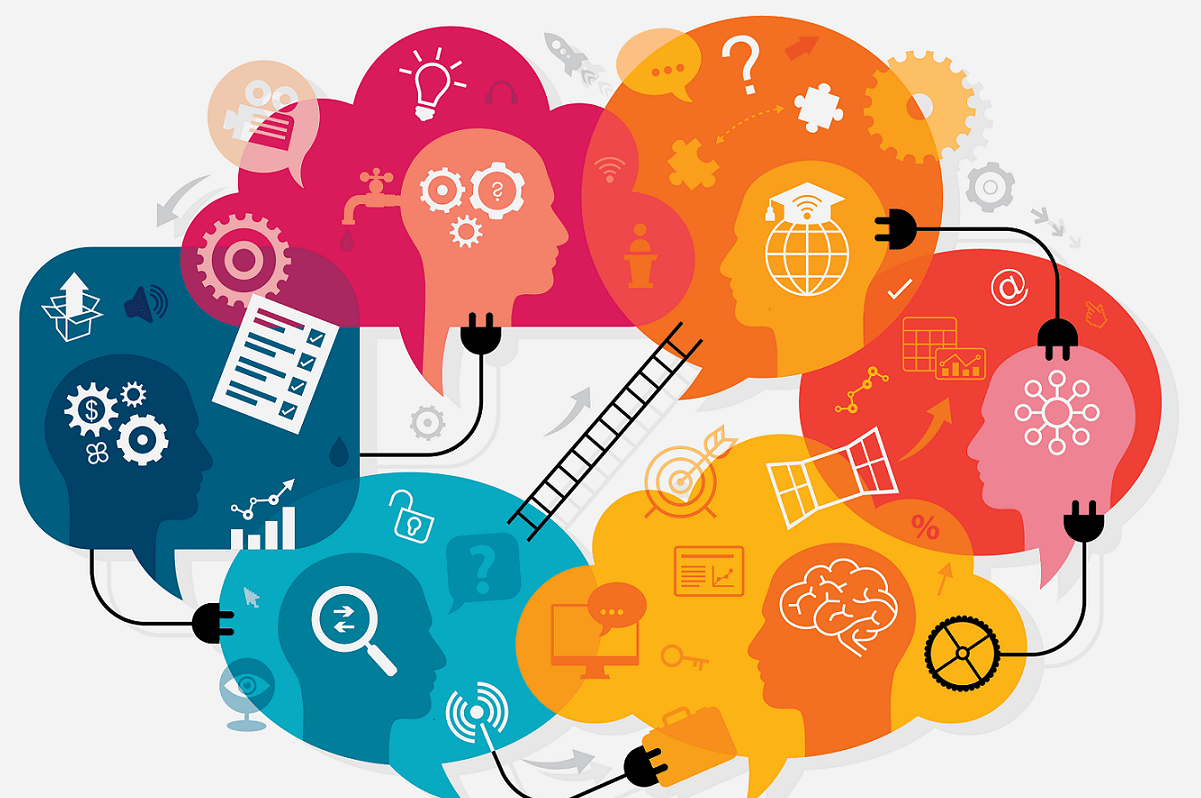On Portfolio as Evidence of Standards and Outcomes

In the modern digital era, technology has become a more critical component of education. The use of ePortfolios is a powerful tool that supports this integration. Through my experience in developing and implementing them, I have seen the manifestations of four important aspects: learning the technology, experiencing the pedagogy, interacting with peers, and reflecting on the learning. These aspects align closely with the transformational goals of education, especially in fostering critical thinking and self-awareness among students.
Firstly, the integration of ePortfolios requires students to engage with technology in meaningful ways. For instance, students learn to navigate platforms, manage digital files, and utilize multimedia elements to present their work creatively. This engagement with technology boosts their technical abilities and equips them for a future where digital literacy is essential. Learners do not just passively consume information; they are actively engaging in the creation and presentation of knowledge. ePortfolios also provide opportunities for students to interact with their peers. Students often review each other’s work, provide feedback, and engage in discussions that enhance their understanding of the subject matter. In my experience, this peer interaction not only builds a sense of community but also deepens learning. For example, my students presented their findings through their lab report portfolios and received constructive feedback from their classmates. This feedback encouraged them to consider different perspectives. Another powerful aspect of ePortfolios is their ability to facilitate critical reflection. Students engage in examining what happened, and analyzing their perception of what happened. This reflective practice helps students internalize their thoughts and begin a journey of self-discovery. A co-teacher of mine had a student who documented their learning journey in a mathematics ePortfolio. The student expressed how their initial struggles with algebra gradually turned into confidence through consistent practice and reflection.
Despite the numerous benefits, there are challenges associated with implementing ePortfolios. One challenge is ensuring that students have equal access to technology. Not all students may have the necessary devices or internet connectivity to work on their ePortfolios outside of school. This can create disparities in learning opportunities. Additionally, students and educators may have hidden biases that affect how they perceive and engage with ePortfolios. An honest assessment of these biases is necessary to ensure that ePortfolios are used effectively and inclusively.
Post a comment